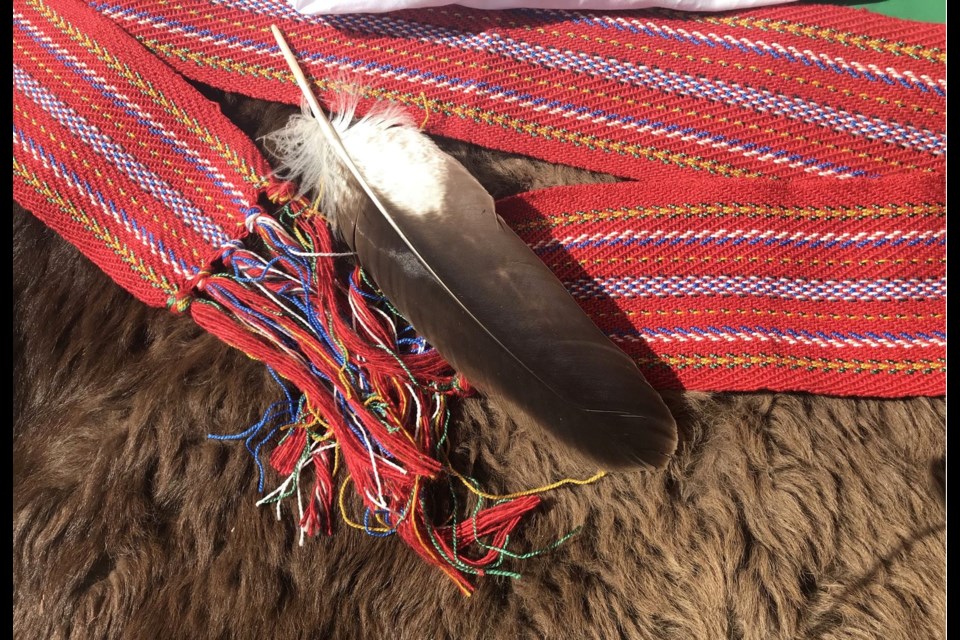Portage College will soon house a dedicated area for students, staff and community members to perform Indigenous smudging practices. A federal grant application for $32,000 was recently approved, leading the way to a government, community and institution partnership for the project.
Indigenous culture is a big part of the Portage College mandate. With 48 per cent of the student population in each of the college campuses across northeastern Alberta self-identifying as being Indigenous, the programming in many areas of the institution mirrors the strong demographic of learners. Portage College President Nancy Broadbent, a standing member of the college's President's Indigenous Advisory Committee, also oversees programming for indigenous cultural awareness training, Native Arts programming, a one-of-a-kind, on-campus Indigenous museum of art and artifacts, and general program delivery that infuses culture with learning.
"We continue to build on the history of the college and the community," said Broadbent after receiving the news of the federal grant approval to build a dedicated area to practice the healing and cleansing ceremony. "It's what Portage is all about — working with our Indigenous people, and all people in the area."
Portage currently has a smudging policy in its student handbook, allowing students to practice the spiritual and cultural exercise in designated areas — but there is no specific room or space for the ceremony. In some cases, a hallway or stairwell has been used to perform the ritual that sees cultural medicines burnt in small containers and the smoke shared among participants. Broadbent says the new space will provide a much better atmosphere for cultural reflection.
An excerpt from the 2020-2021 Portage College Student Handbook
What is smudging?
Smudging is a healing and cleansing ceremony practiced by First Nations and Métis peoples.
Sacred medicine(s) are burnt to purify space, items or people. Smudging may be done to people, items (e.g. drums/regalia) and locations (e.g. room/area). Participation is voluntary; viewers may step back, remain seated or exit if they do not wish to participate.
What happens during a ceremony?
One or more sacred medicines are burned on a natural vessel (e.g. clay bowl, abalone shell, etc.). The smoke is pulled back onto the person, item or space using an eagle feather or hands.
Why are smudging ceremonies held?
• To host an Indigenous community event, meeting, invitation of an Elder(s) or Indigenous artist
• To bring a feeling of grounding, direction and connection
• To help create a positive mindset
• To cleanse/purify a person, place or object of negative energies, feelings or thoughts
• To connect with culture
The smudge room project has been in the planning stages for some time, and will see an area created near the existing cultural arts area and the museum.
The addition, complete with cultural decorations and a specialized air return venting system, will help the college towards what Broadbent and college officials are calling a continued "Indigenization of the Academy."
Broadbent says the new smudging area will be part of a continuing "voyage of togetherness" using inter-cohesive relationships within Portage and the communities served by the school to bring more awareness to the Indigenous culture.
'"It is part of the plan to show that we are all in it together — that we are all connected in some way," she said, explaining that the dedicated area will also help Indigenous students to re-connect to the practices of their culture they may have lost or forgotten. "It will help our students to get connected back to their own culture."
The federal funding makes up 40 per cent of the projected costs for the project, creating an opportunity for the institution to connect further with local partners. Portage officials expect to draw community support for much of the remaining funding needed, as well as putting existing funding towards it. Broadbent says the dedicated space could be ready by next fall.



